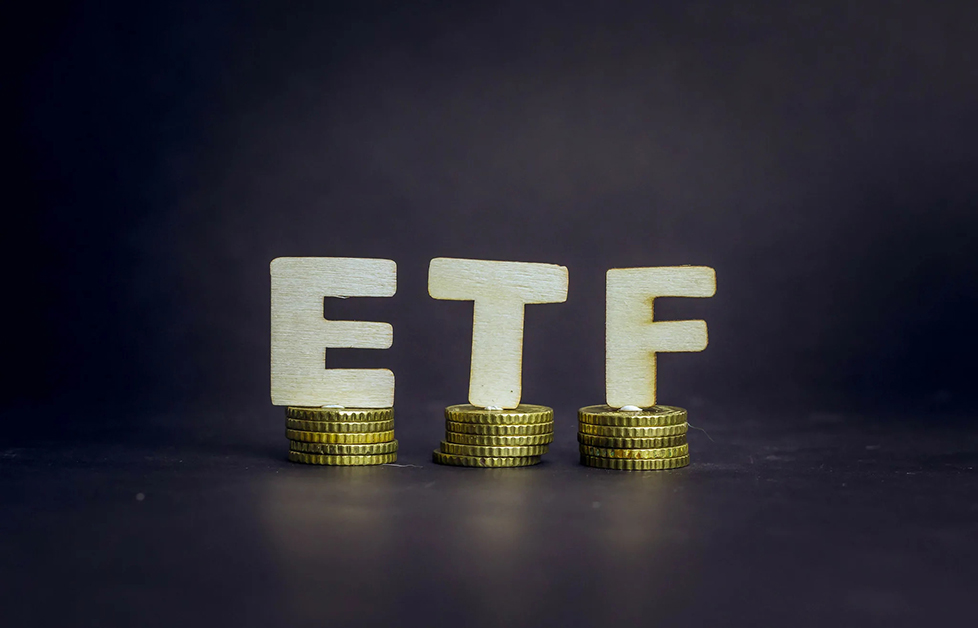-
Hotline: (918) 309-2155

-
Email: mail@grijalvainvestments.com

-
Location:

1200 Brickell Bay Dr, Miami, FL 33131

Invest for what's ahead
We've chosen two investment providers who share our commitment to helping you build a stronger financial future. With a full range of options, find what works for you.
Put your cash to work
Grijalva Investments Money Funds offer a convenient way to access potentially higher yields on cash, no transaction fees, and low initial investments.
Contact Us





